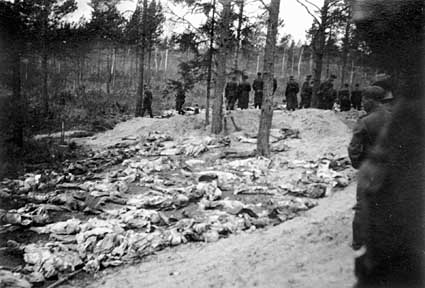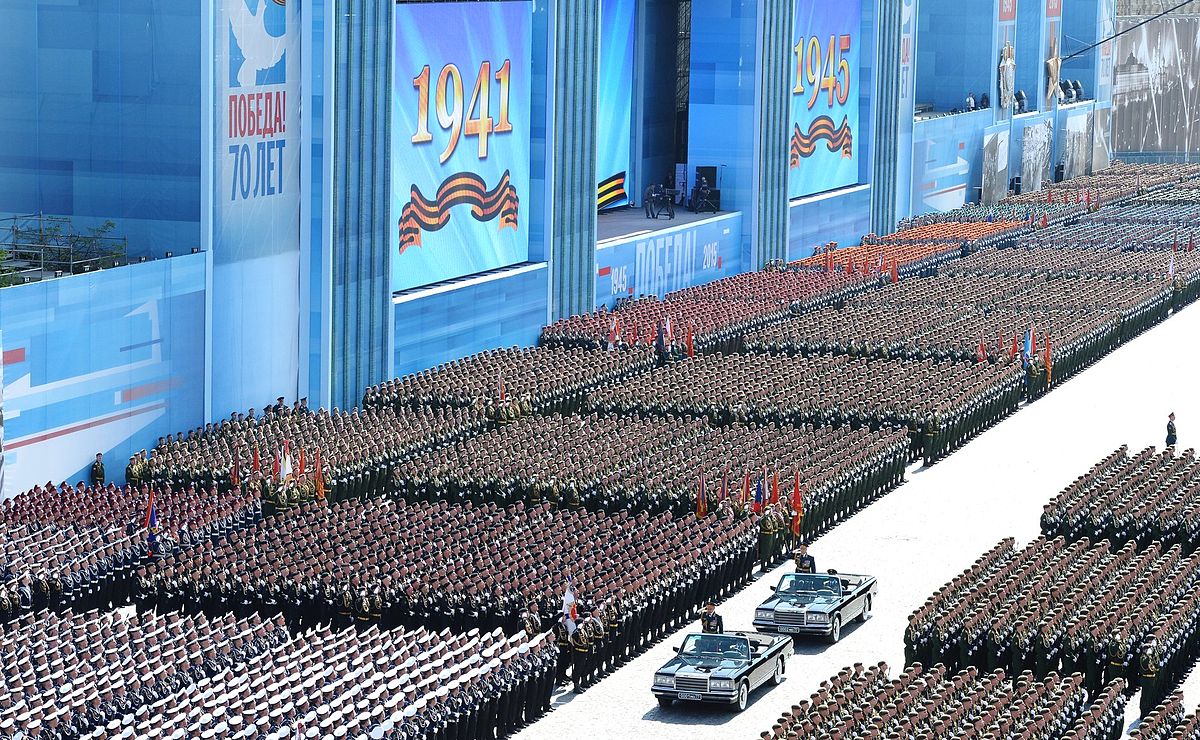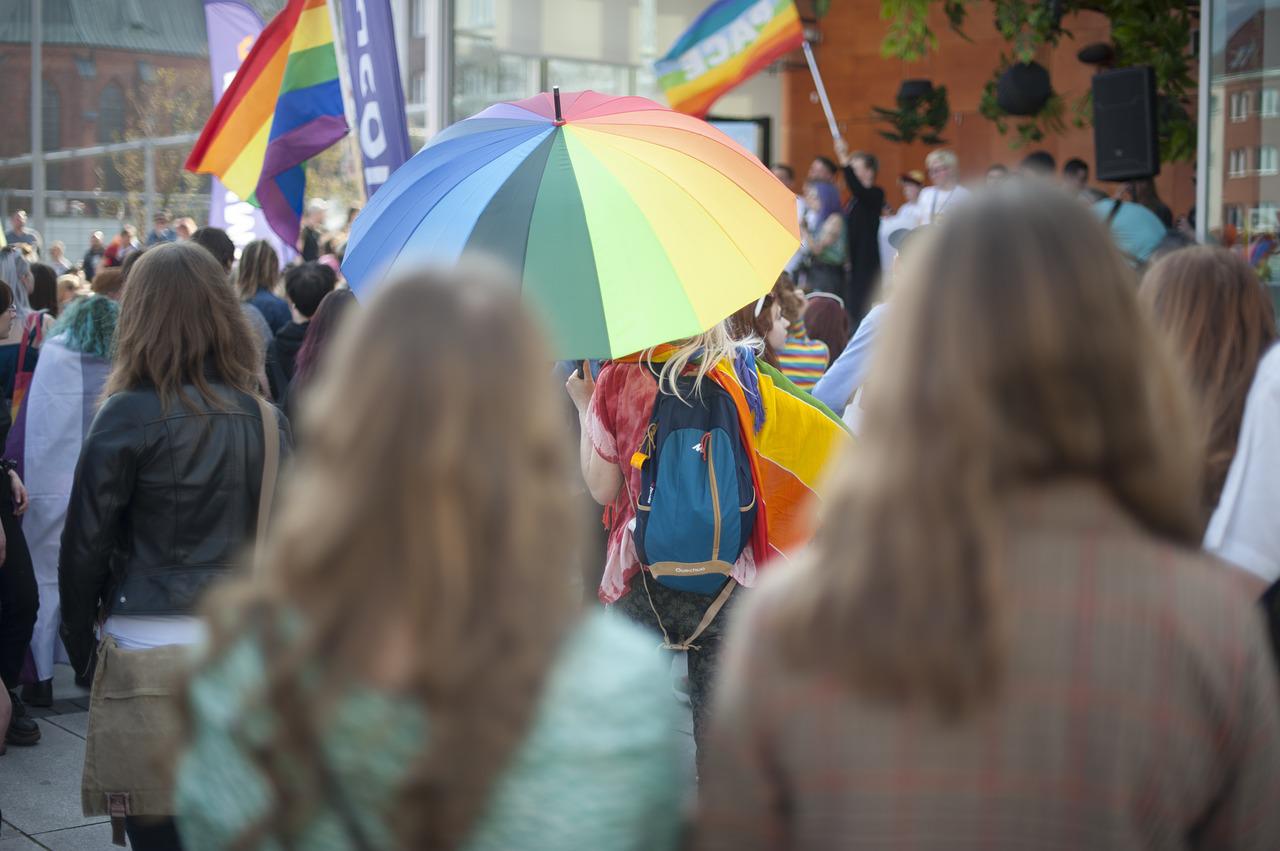Murderers’ lie. How the Soviets tried to cover up the Katyn Massacre

The Soviets tried to pin the blame for their crime on the Germans. Witnesses were tracked and killed – interview with Professor Nikolay Ivanov, researcher of Soviet crimes.
PIOTR WŁOCZYK: Who can be named the main architect of “the Katyń Lie”?
PROFESSOR NIKOLAY IVANOV: The same man who was responsible for carrying out that crime, namely, Vsevolod Mierkulov, a high-ranking NKVD officer. Thousands of people, and I’m not exaggerating, were involved in the falsification of the history of Katyń. Some of them genuinely believed that it was done by the Germans. Others knew what was the truth from the beginning. Mierkulov was the commander of this whole operation, and it was his task to convince Nikolai Burdenko, the chief surgeon of the Red Army, and its commission, that Polish officers were murdered by the Germans.
What was supposed to be the foundation of that crime?
Mierkulov came up with a brilliant idea – he decided to involve in the case the highest possible number of people who testified before the Germans a few months earlier that the crime was committed by the Soviets. Now they were to say that they were forced to lie. The best experts on telling lies in the world worked for Mierkulov, who performed the function of Lavrenti Beria’s deputy for special operations in NKVD. They were people who turned the most loyal communists – even Mikhail Tukhachevsky – into Polish agents in the interwar period during show trials. Goebbels could learn some techniques from the Stalinist provocation experts.
Did Mierkulov fulfil all the hopes vested in him?
Stalin apparently decided that Mierkulov was the only Russian of the trusted men of Beria, who fulfilled his tasks perfectly. First, he received a medal for the Katyń massacre, and then a high honour for the Katyń Lie. Convincing the world was not yet so difficult – everyone was so outraged by the successively revealed German crimes, that adding Katyń to that list seemed quite real. Let us remember here that initially, even in Poland, for many ordinary people, it was hard to believe that such monstrous crimes could be committed by someone else than the Germans.
The Burdenko Commission worked for 12 days (13–24 January 1944) in the Katyń forest. What could they achieve in such a short period of time?
That’s true, the Germans worked there for several months. But Burdenko and his commission did not have to do anything. It was not a commission established to examine the actual evidence of crime but to sign ready documents forged by another – secret – commission led by Mierkulov. Virtually everything was prepared by that time by Mierkulov’s people who started their work immediately after the expulsion of the Germans from the region of Smolensk. Members of the Burdenko Commission were shown, among others, scraps of the newspaper “Soviet Voice” dating back to the end of 1940, allegedly taken out of the uniforms of the victims. However, the most important were the letters from the families, which the murdered allegedly received after April 1940. Some of them even bore the date of 1941! It was the utmost perfidy to show real letters that have never reached their intended recipients. Children of the victims wrote, for example: “Daddy, why do you not answer?”. Stalin demanded nothing else from Burdenko and his Commission but to sign the report. These were Soviet people and they knew that it was their patriotic duty towards the homeland.
I suppose that Stalin, having learned about the problems that came up after the Germans revealed the Katyń crime, was kicking himself that he had not ordered to shoot Polish officers somewhere else. He had so much spare space in his huge country that he could hide that crime much more carefully. But, who could even imagine in the spring of 1940, when positive relations between the Soviets and the Germans reached their peak, that next year, the Germans would reach Smolensk? It is 750 kilometres away from the border. If the front did not move so quickly in 1941, Stalin would probably order the exhumation of the victims’ bodies and getting rid of the evidence of the crime, as the Germans did after 1942 when they were retreating from the Red Army.
The Germans knew from the very beginning that the murdered Polish officers were buried in the Katyń forest. However, in 1941 and early 1942, it was a useless piece of information for them. They thought that tomorrow they would be in Moscow, and soon afterwards as far as the Urals. It was only when they began to lose the war, that they decided to announce that Soviet crime for reasons of their own propaganda.
Was Burdenko aware that he participated in a forgery?
It is difficult to say. Probably he didn’t want to know who was actually responsible for it. He had the task to perform, assigned by his party, and had to believe Mierkulov. What did he feel? He just wanted to sign the report prepared by the people of Mierkulov as soon as possible and get over that problem. Anyway, Stalin was so convinced that the forgery of the Katyń crime was successful that he decided to submit that case to the Nuremberg tribunal.
But finally he didn’t manage to have the Katyń Lie confirmed in Nuremberg. Why?
First of all, because the German defence counsels did not act before the Court like their colleagues in the Soviet Union. There, the defence counsels were appointed ex officio and asked only those questions which were approved by the party. The Nuremberg trial was, however, conducted according to Western standards and the accused were actually defended by their counsels.
One of the German lawyers asked a simple question during the trial: “Please explain why – according to your version – in July 1941, when these officers worked supposedly very hard on the construction of a road, they were shot in winter clothes even though the air temperature reached 30 degrees Celsius at that time?” Nikolai Zorya, a Soviet prosecutor, was speechless when he heard that question. That prosecutor probably derailed Stalin’s scheme – after he realized in Nuremberg that he was supposed to support a tremendous lie, he committed suicide in a dramatic gesture of protest. He had no other choice as a man of conscience. It was the only way to protest in the Soviet reality. Let us remember that he had a wife and children in the USSR… Today in Russia, Nikolai Zorya is often called the conscience of Russia. This was a man who found no other way to oppose evil. He certainly deserves a monument in Moscow and Warsaw. I hope that time will come when a person like Nikolai Zorya will be a symbol of the Polish-Russian reconciliation, a symbol of good relations between our nations … For now, who in Poland, and the more in Russia, knows the name of Nikolai Zorya?
It was not possible for the West to confirm the version presented by Moscow in light of such farce. Besides, several key witnesses to the exhumation of Polish officers’ bodies carried out by the Germans could not be brought to Nuremberg. There were, among others, Swedes, Swiss, Americans, and British POWs who testified against the Soviets and were out of their reach. Stalin realized that the attempt to push through the untrue version would only further discredit the USSR. Therefore, he withdrew from all that, kicking himself that he had ever decided to come up with this subject in Nuremberg.
In 1969, in a village called Khatyn located in today’s Belarus, the Soviets erected a number of monuments to commemorate the inhabitants of the village who were murdered by the Germans. Later, tours and heads of state visiting the USSR were brought to that place. Does anyone have any doubts as to the motivation of Moscow in this case?
It was a masterpiece. In Belarus, thousands of villages were burned. But the Soviet authorities chose precisely Khatyn as a place of such special commemoration, although it was neither the first nor the greatest crime in Belarus. By the way, after many years, it turned out that it were not the Germans who were liable for that crime but the Lithuanians and Ukrainians who fought under their command during the war. Choosing Katyń was a masterstroke.
Khatyn…
Exactly, it is easy to get confused. In English, the difference is even smaller: „Katyn” vs. „Khatyn”. I had the first association of Khatyn with Katyń only after I came to Poland at the beginning of the 1980s and heard about the Katyń massacre. Only in Poland I learned about that masterstroke schemed to manipulate public opinion in the West.
You learned about Katyń no earlier than in the 1980s?!
Yes, indeed.
But you studied history, didn’t you? Before your visit to Poland, haven’t you even heard the version that the Germans murdered Polish officers in Katyń?
No I haven’t. I haven’t even heard that false version. It was a non-existent subject.
And how Russians’ knowledge about Katyń looks today?
After what happened in Smolensk in 2010, I estimate that roughly every third Russian knows that Polish officers were killed in Katyń upon Stalin’s orders. Earlier, perhaps one hundredth of a percent of Russians knew what was the truth. This is thanks to the film by Andrzej Wajda, which was broadcast twice right after the news program in the major Russian television program. Interestingly, “Katyń” has not previously been approved for distribution in Russian cinemas. The reaction of the Russian audience after watching this film was more or less like this: “We always thought that the Russians suffered great damage as a result of communism. However, it turns out that Poles were also victims of the communists and that they were also shot by NKVD on a massive scale … “. Wajda’s film captures human heart and what’s important, is not anti-Russian. Sergei Garma, a famous Russian actor, played the role of a captain of the Red Army, who saves Poles.
Is the claim that Katyń was a German crime now discredited in Russia?
Unfortunately, in Russia, some people still think that the USSR’s pleading guilty of that crime was a provocation made by Gorbachev, Yeltsin and Poles, and that the document with Stalin’s signature, which we handed over to the Poles, is forged, and that, in fact, it has been all made up. These people think that the Burdenko Commission established the true course of the events. If we were now in Moscow, I guarantee to you that at every major subway station, you could buy at least two publications concerning “German crimes in Katyń” at a stall selling cheap books. Many books on that subject were issued in Russia. I myself have the book “The truth about Katyń” at home. The cover photograph shows a German soldier shooting a thick Polish officer in the back of the head. Yuri Mukhin, who is the author of this book, presents a lot of “evidence” of the Germans’ guilt. He gathered as many as 600 pieces of such “evidece”! There are not so many crazy men among the Russian historians, maybe around 5 percent.
The recently deceased Giennadij Sielezniow, head of the communist parliamentary group in Duma, wanted that the Russian parliament discussed that alleged provocation. Fortunately, his plans were not implemented because the present government does not support it.
Probably Stalin did not even hope that the Katyń Lie would take roots in Poland?
There was no chance for it. There were hundreds of thousands members of the families of more than 20,000 victims and their friends in Poland, so that lie could not develop on a larger scale in Poland with so many carriers of the truth. When I came to Poland from the USSR, I was very surprised to see that the communism in Poland was to a certain extent unreal. Poles were exceptionally resilient to that whole propaganda. The husband of my wife’s friend was an officer of the Polish People’s Army (Ludowe Wojsko Polskie or LWP). Once we visited them to celebrate the New Year’s Eve. There were also several other officers of LWP at the party. When these majors and captains drank some vodka … I have never seen such Anti-Sovietism before. They began to ask me if I knew what Katyń was? Or do I realize what the Bolsheviks have done to the Polish officers? I think that Stalin would have been much surprised if he saw that scene.
Professor Nikolay Ivanow is a historian of the University of Opole and the Centre for East European Studies at the Warsaw University. He wrote, among others: „Pierwszy naród ukarany. Polacy w Związku Radzieckim w latach 1921–1939” [„The first nation to be punished. Poles in the USSR in years 1921–1939”] and „Powstanie warszawskie widziane z Moskwy” [„The Warsaw Uprising in the eyes of Moscow”]. In 1981, upon his initiative, young Russian socialists wrote a manifest addressed to the First Convention of Solidarność in 1980, for which he was interrogated multiple times. In 1984, he settled and got married in Poland. He collaborated with the Fighting Solidarity (Solidarność Walcząca).
This interview was published in 2016 in “Do Rzeczy” magazine.



